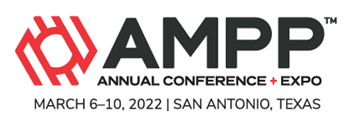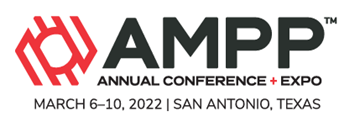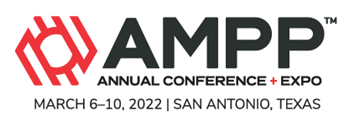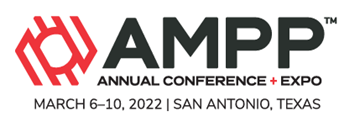Search
Products tagged with '2022 conference papers'
View as
Sort by
Display
per page
Assessment And Rehabilitation Of Piping Inside Water And Wastewater Treatment Plants
Product Number:
51322-18200-SG
Publication Date:
2022
$20.00
Assessment Of Precorrosion Methods For Inhibitor Testing Under Sour Conditions
Product Number:
51322-17903-SG
Publication Date:
2022
$20.00
Atmospheric Corrosion Detection And Management With AI
Product Number:
51322-18087-SG
Publication Date:
2022
$20.00
Atmospheric Plasma Coating Removal For Naval Engineering And Maintenance Applications
Product Number:
51322-18170-SG
Publication Date:
2022
$20.00
Atmospheric Plasma: One-Step Precision Process To Remove Coating And Promote Chemical Adhesion
Product Number:
51322-18152-SG
Publication Date:
2022
$20.00
Augmentation Of Iron Carbonate Corrosion Products Using Amino Acids In CO2 Corrosion Environments
Product Number:
51322-17754-SG
Publication Date:
2022
$20.00
Biocide Storage Tank Internal Corrosion And A Mitigation Strategy – A Case Study
Product Number:
51322-17906-SG
Publication Date:
2022
$20.00
Brake Pads: Effect Of Galvanic Current On The Corrodibility Of Friction Materials And Backplates
Product Number:
51322-17926-SG
Publication Date:
2022
$20.00
Burlington Skyway Electrochemical Chloride Extraction – 30 Years Later
Product Number:
51322-17664-SG
Publication Date:
2022
$20.00
Calcareous Deposition On Thermally Sprayed Aluminium Surfaces
Product Number:
51322-17798-SG
Publication Date:
2022
$20.00












